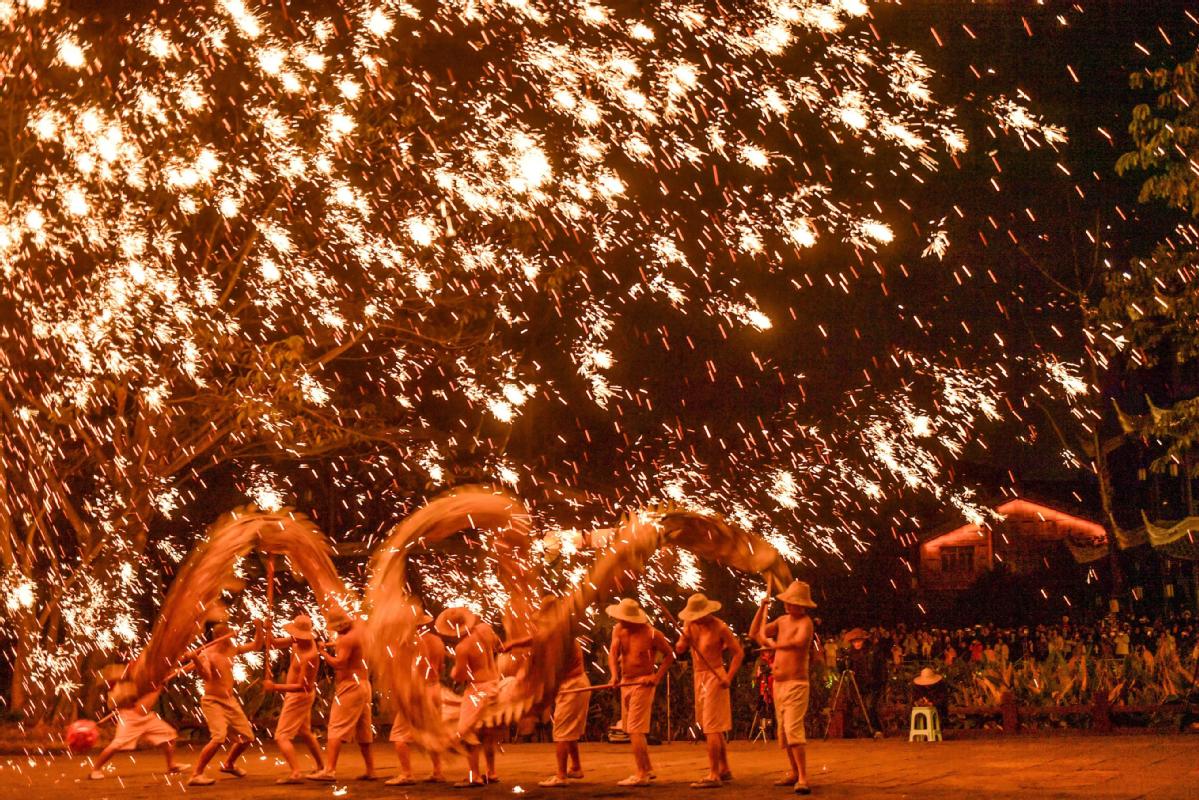City slowly reveals its history
By Wang Ru | China Daily | Updated: 2023-10-23 05:50

The early story of Beijing grows, as initial incarnations of the national capital gradually emerge from beneath the ground.
As it celebrates its 870th anniversary as the Chinese capital this year, archaeological researchers have stepped up efforts to clarify this history.
Large-scale foundations and precious cultural relics, such as jade books, porcelain, mirrors, pottery figures and building elements have been discovered at the Zhongdu (meaning "the central capital") site, which dates to the Jin Dynasty (1115-1234), the National Cultural Heritage Administration announced at a news conference in Beijing on Sept 28.
Zhongdu was mainly located in what are now the Xicheng and Fengtai districts. The current excavation in Xicheng district covers an area of 17,000 square meters, and was begun by the Beijing Institute of Archaeology in 2020.
The remnants of architectural complexes from two different periods have been discovered. The earlier complex dates back to the late Liao (916-1125) and the early Jin dynasties, while the later complex dates from the middle to late Jin Dynasty, possibly even the early Yuan Dynasty (1271-1368), according to Wang Jihong, the researcher at the Beijing Institute of Archaeology responsible for this dig.

The earlier complex, which has a seriously damaged base, was originally a courtyard enclosed by a winding corridor. The later site has a clear, complete layout, with two large symmetrical palaces in the north and south, and two symmetrical side rooms in the east and west.
According to Wang, the No 1 building base in the southern part of the later complex is a little smaller than the No 9 building base at the Taizicheng site in Zhangjiakou, Hebei province, and of a similar size to the palace of the shrine relics in Antu county, Jilin province, both of which have been identified as Jin royal architecture. This suggests that the No 1 base was also for royal use.
























